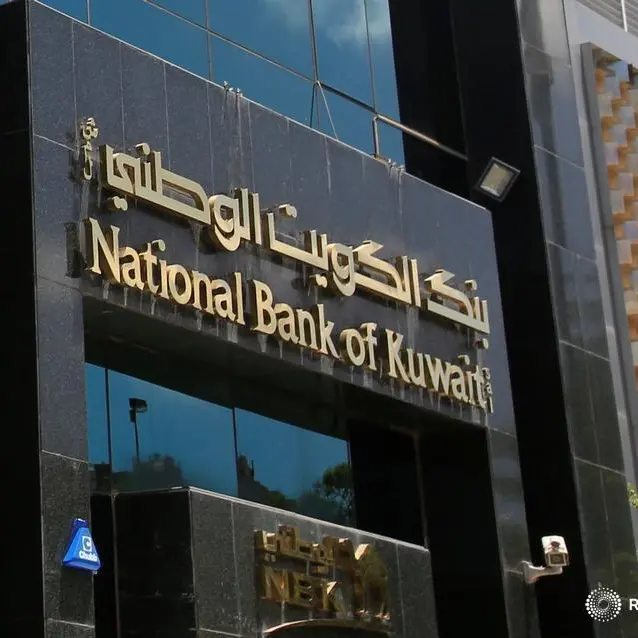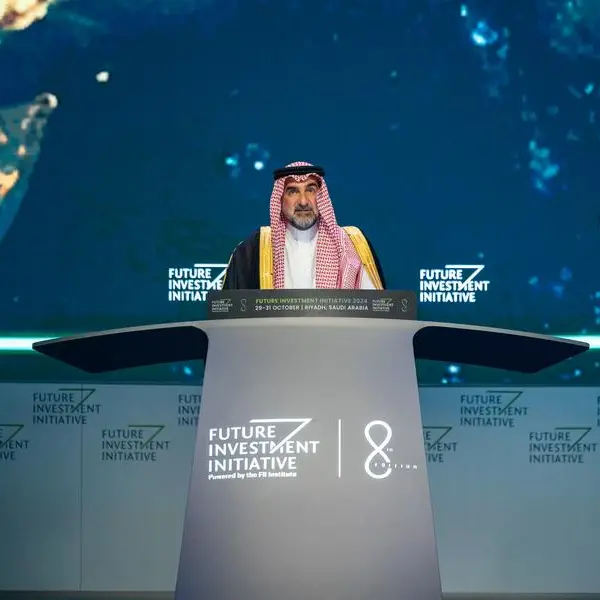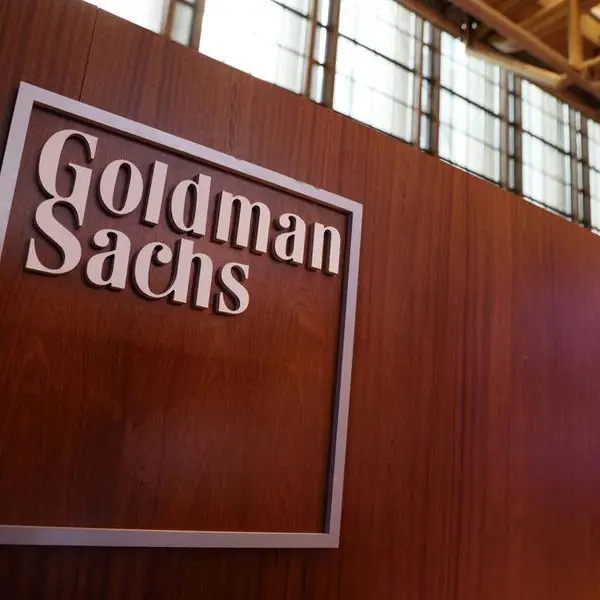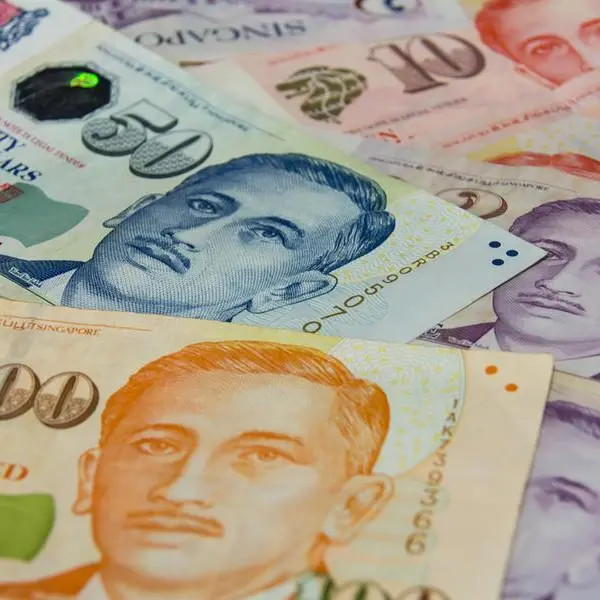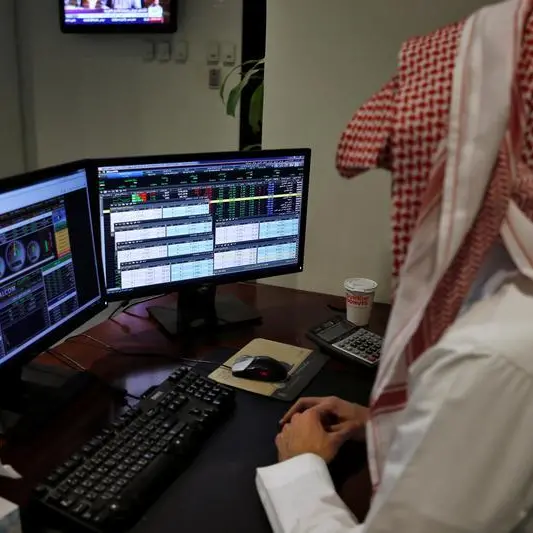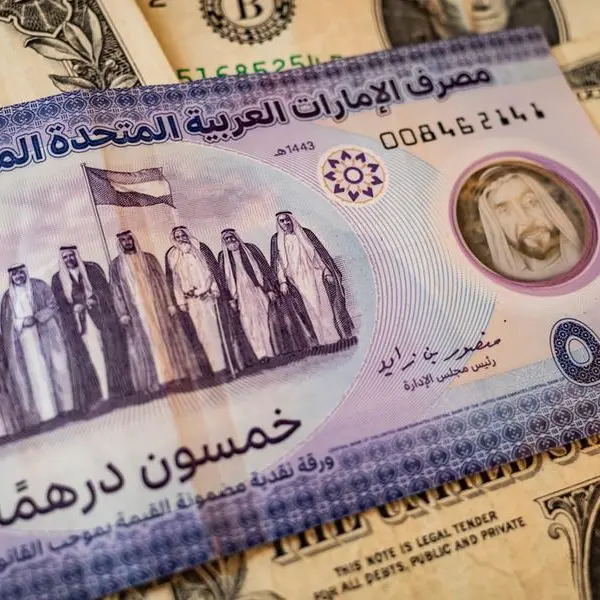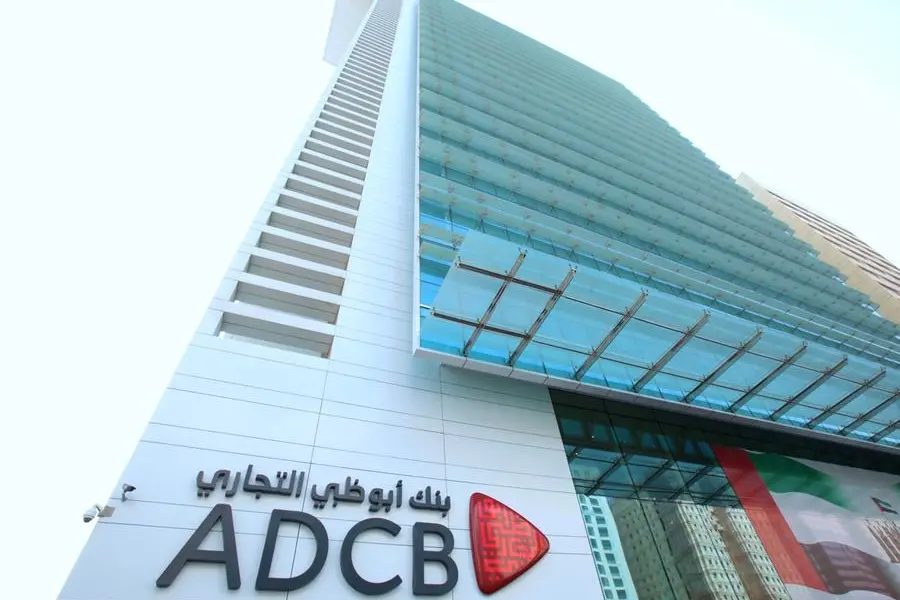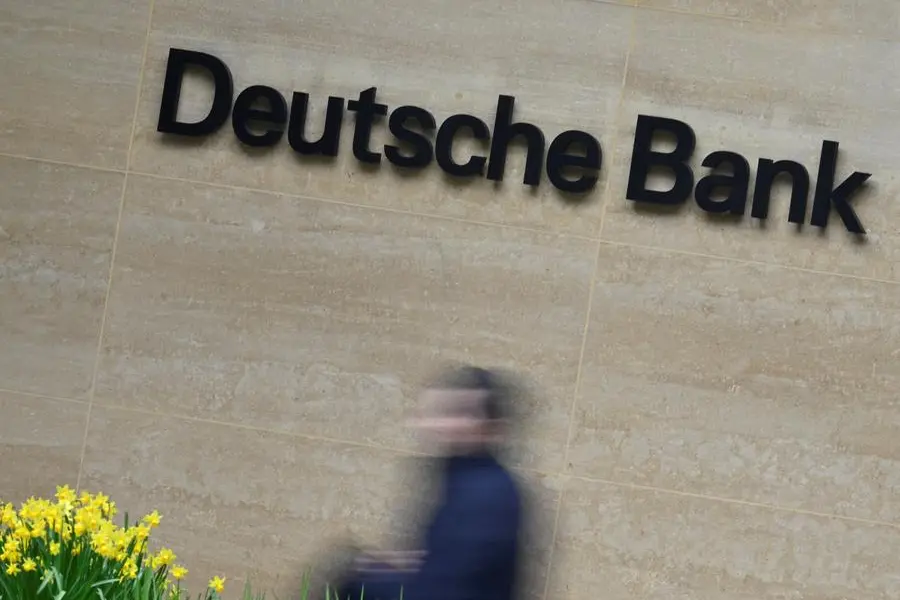PHOTO
Image used for illustrative purpose. Getty Images
Capital inflows into the MENAP region will remain modest in 2023, as sovereigns’ issue less debt due to continued fiscal surpluses- particularly among the oil exporters, according to the Institute of International Finance (IIF).
Foreign direct investment (FDI) will become the main conduit for non-resident capital inflows, the global association of the financial industry said in a new report.
The UAE remains the region’s largest FDI recipient with inflows of $22 billion in 2022 (4.3% of GDP), driven by a friendly business environment, excellent infrastructure, predictable policies and structural changes aimed at diversifying the economy and creating a dynamic and expanded private sector, the report said.
Saudi Arabia has improved the business environment significantly, which will help attract more FDI.
In Qatar, a new FDI law allows full foreign ownership in manufacturing and nonfinancial services. Moreover, expansion of the natural gas filed, the North Field, is attracting additional investment that would help raise the country’s LNG production capacity.
The recent creation of a Mediterranean gas hub in the South of Europe, which will help diversify Europe’s energy suppliers and routes, will lead to additional FDI in Algeria, Egypt, and Lebanon because of their ample gas reserves.
However, portfolio and other investments in the six GCC countries have declined due to lower financing need by sovereigns, as fiscal balances shifted to sizeable surpluses thanks to the elevated price of oil, according to the said report.
"We expect non-resident capital inflows to the GCC (which account for more than 70% of the MENAP inflows) to remain subdued at around $90 billion in 2023 (compared with a peak of $182 billion in 2019)," Garbis Iradian, MENA Economist, and Ivan Burgara, Senior Research Analyst, said in the report.
Hard currency bond issuances from the GCC are also set to fall from $110 billion in 2021 to $40 billion in 2022 due mainly to a decline in sovereign borrowing by oil exporters.
However, corporate issuance, including from government-related-entities (GREs), to finance existing loans and bonds that mature in 2023 will remain sizeable.
Capital outflows from the region’s oil exporters will continue to exceed non-resident capital inflows, despite the narrowing of the current account surplus.
The stock of gross foreign assets is estimated at around $3.3 trillion, about 70% of which is managed by SWFs with diversified portfolios of equities, fixed income securities, and shares in global companies.
(Writing by Brinda Darasha; editing by Seban Scaria)
(Brinda.darasha@lseg.com)

